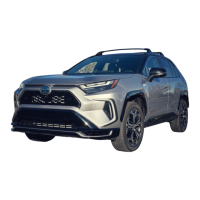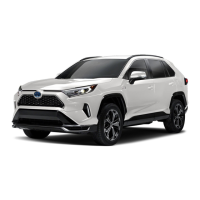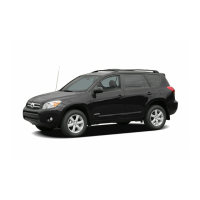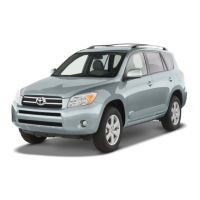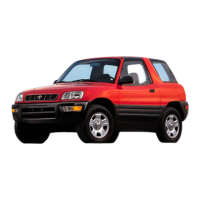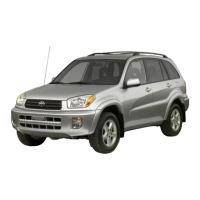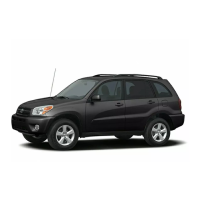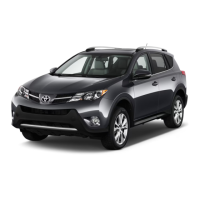350
5-5. Using the driving support systems
roadside, such as detectable objects,
guardrails, utility poles, trees, or walls
• When there is a detectable object or
other object by the roadside at the
entrance of a curve
• When there are patterns or paint in
front of your vehicle that may be mis-
taken for a detectable object
• When the front of your vehicle is hit by
water, snow, dust, etc.
• When overtaking a detectable object
that is changing lanes or making a
right/left turn
• When passing a detectable object in
an oncoming lane that is stopped to
make a right/left turn
• When a detectable object approaches
very close and then stops before
entering the path of your vehicle
• If the front of your vehicle is raised or
lowered, such as when on an uneven
or undulating road surface
• When driving on a road surrounded by
a structure, such as in a tunnel or on
an iron bridge
• When there is a metal object (man-
hole cover, steel plate, etc.), steps, or
a protrusion in front of your vehicle
• When passing under an object (road
sign, billboard, etc.)
• When approaching an electric toll gate
barrier, parking area barrier, or other
barrier that opens and closes
• When using an automatic car wash
• When driving through or under objects
that may contact your vehicle, such as
thick grass, tree branches, or a ban-
ner
• When driving through steam or smoke
• When driving near an object that
reflects radio waves, such as a large
truck or guardrail
• When driving near a TV tower, broad-
casting station, electric power plant,
radar equipped vehicles, etc., or other
location where strong radio waves or
electrical noise may be present
• When there are many things which
can reflect the radio waves of the
radar in the vicinity (tunnels, truss
bridges, gravel roads, snow covered
road that have tracks, etc.)
• While making a right/left turn, when an
oncoming vehicle or a crossing
pedestrian has already exited the path
of your vehicle
• While making a right/left turn, closely
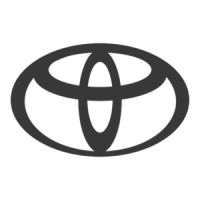
